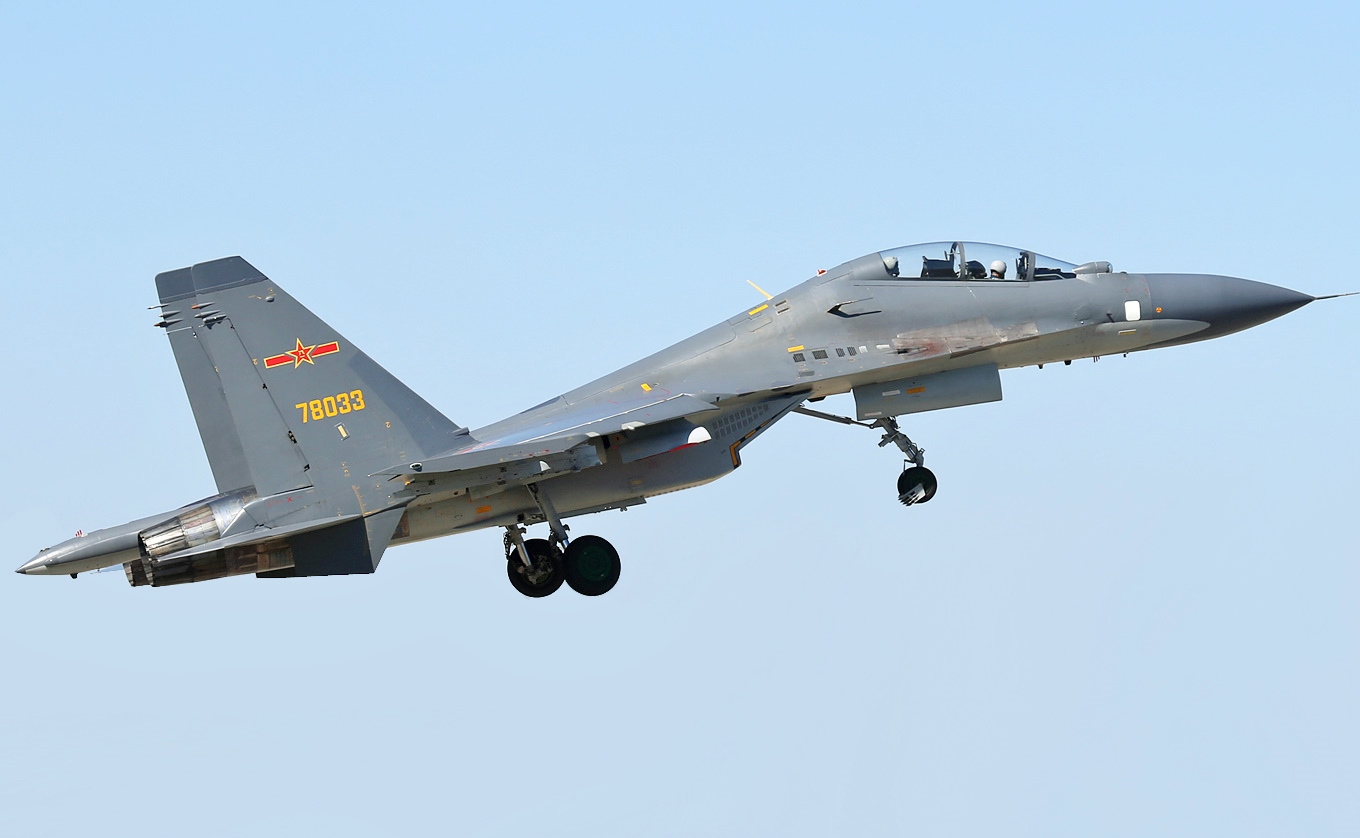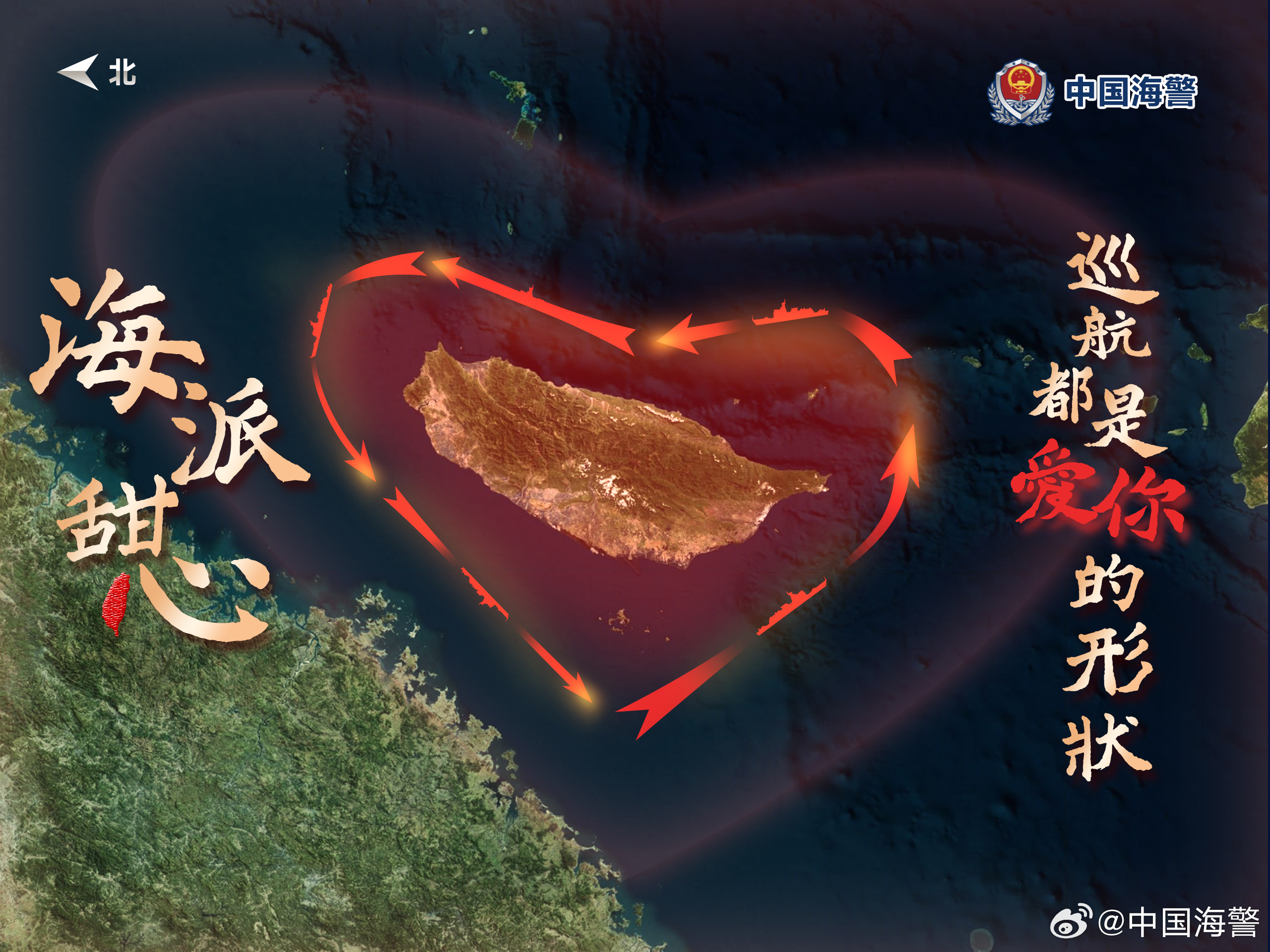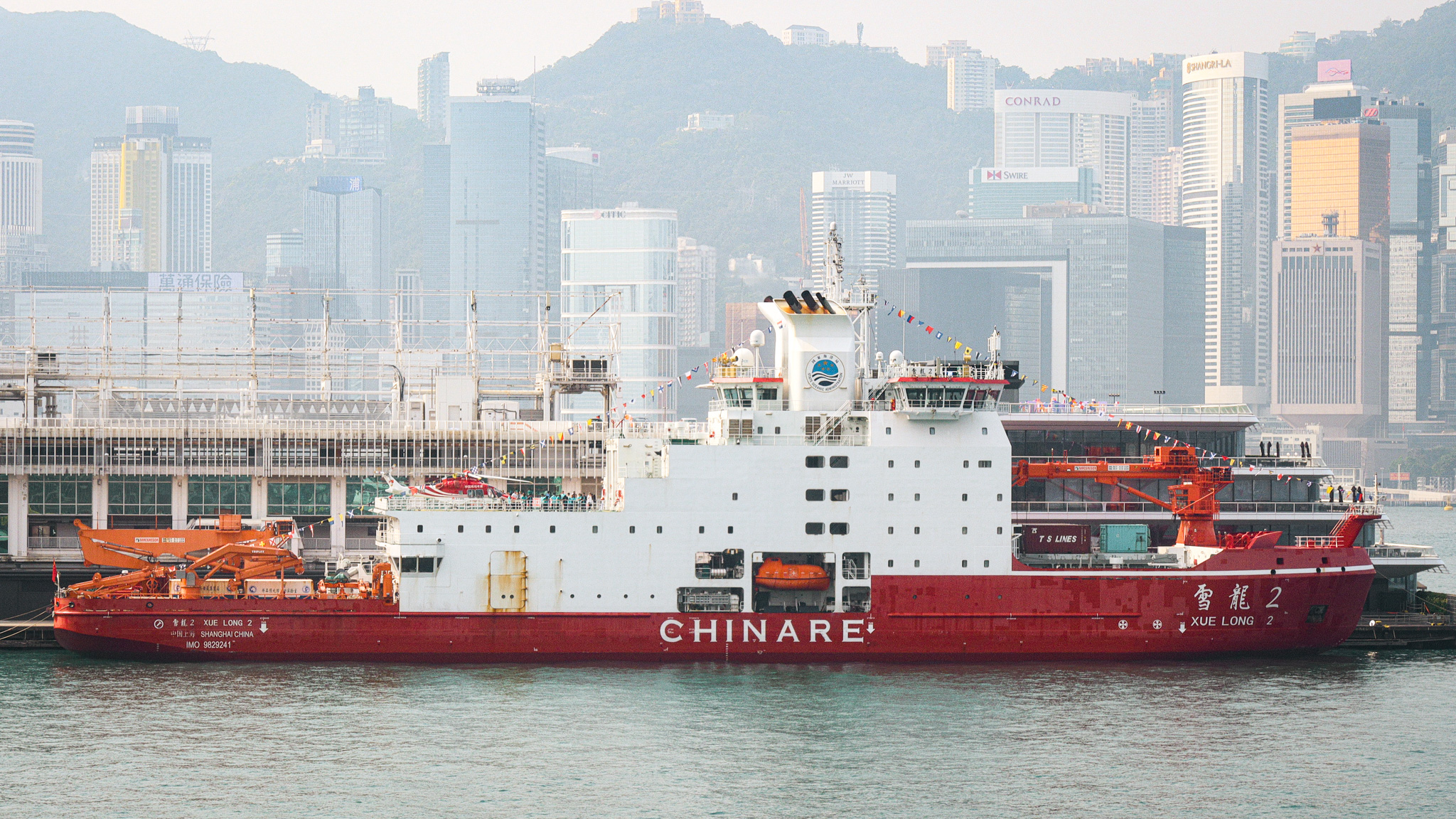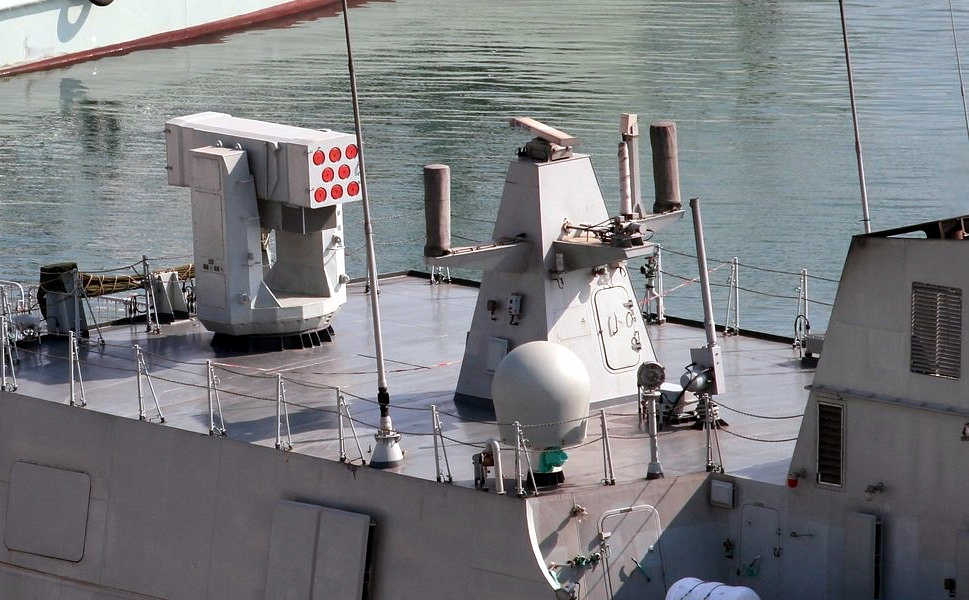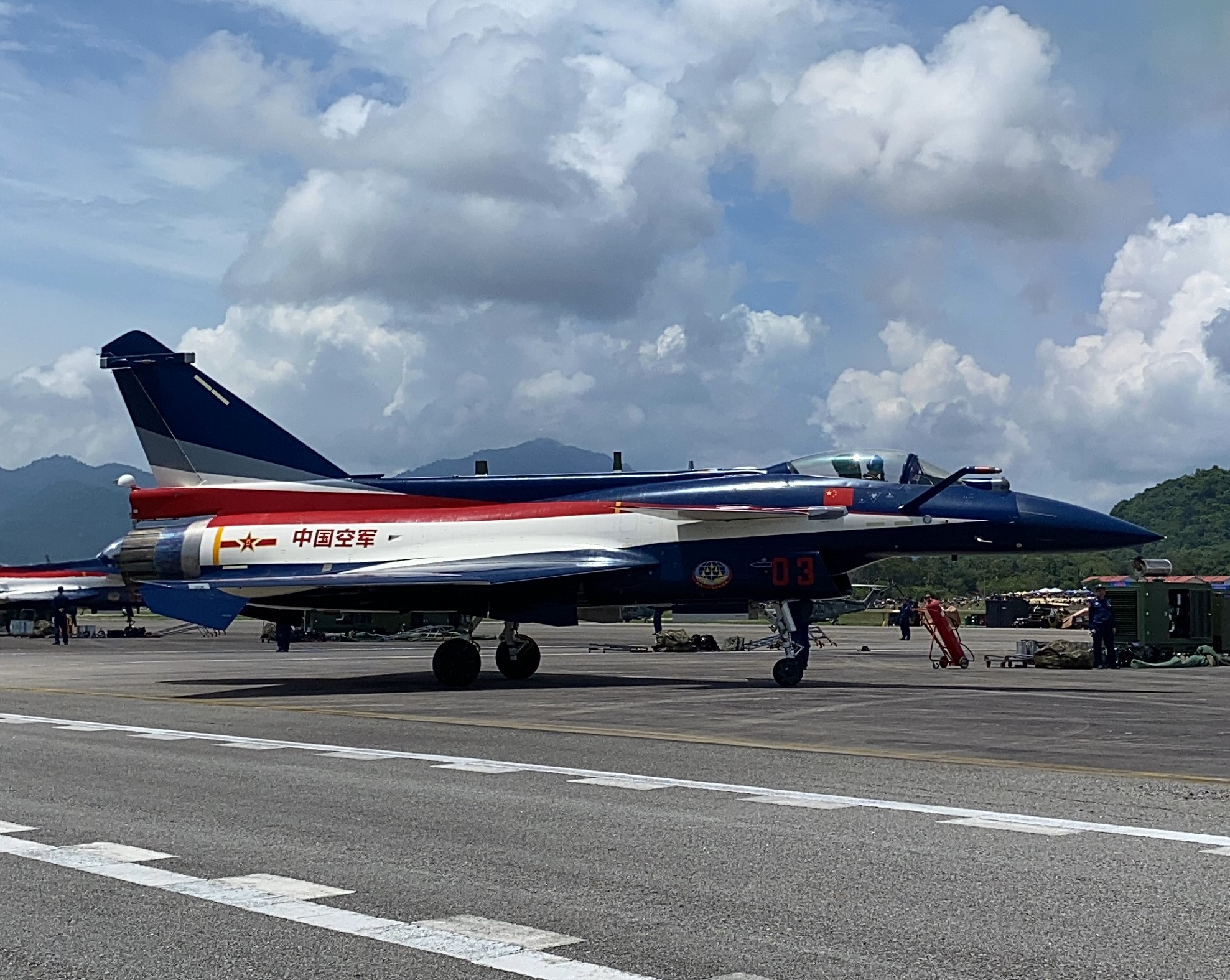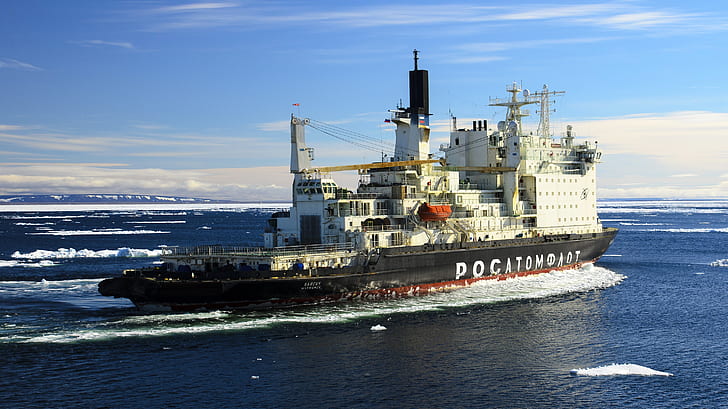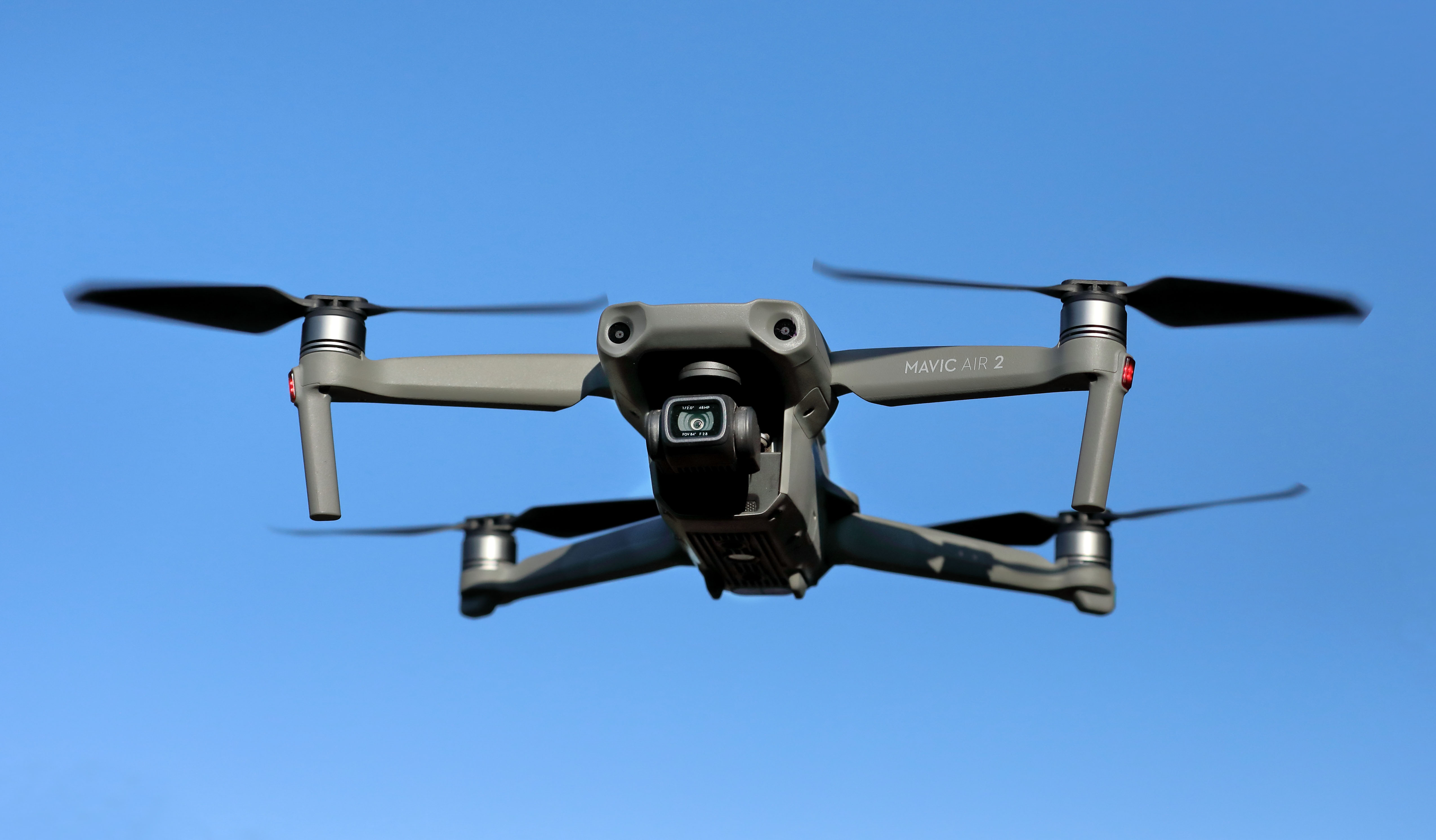“The biggest threat to China from the US Navy is nuclear submarines. Therefore, the inclusion of the Type 075 amphibious assault ship into the Shandong carrier group is a rehearsal for such a scenario.”
On 9 September, Chinese TV reported that the PLA Navy’s Shandong carrier group recently conducted combat exercises in the South China Sea and the West Pacific. The report highlighted vessels frequently seen escorting the carrier, such as the Type-055 destroyer, the Type-052D destroyer, and the Type-901 combat support ship, but more notably, it featured the first-time inclusion of the Hainan Type-075 amphibious assault ship.[i]
The first excerpted article, published on ifeng, an internet distribution channel for majority state-owned news network Phoenix TV, highlights three distinctive combat capabilities the Type-075 amphibious assault ship adds to this carrier group. First, the Type 075 can be equipped with powerful carrier-based aviation assets for combat deployment across air, sea, and land. These aviation assets can also provide electronic warfare capabilities and other important support functions, expanding the carrier group’s power projection abilities, amphibious operations, and threat response.[ii] Second, the amphibious assault ship’s aviation assets can take on some responsibilities of Shandong’s air wing, allowing the air wing to focus on other crucial sea and air operations. In a contingency, the amphibious assault ship can replace Shandong as a command vessel, ensuring continuity of operations. Lastly, the amphibious assault ship can deploy multi-role helicopters such as the Z-8 and Z-9, which significantly enhance the carrier group’s anti-submarine warfare capabilities. The article emphasizes that the greatest threat to the PLA Navy beyond the second island chain is not U.S. aircraft carriers but U.S. nuclear submarines.[iii] These helicopters improve the carrier group’s ability to search, track, and neutralize enemy submarine activities, thereby securing unrestricted maneuvering. The second excerpted article by Professor Jiang Fuwei of Dalian Maritime University, published on one of China’s largest internet platforms, NetEase, highlights the addition of the Type-075 to the Shandong carrier group as a significant milestone for the PLA Navy and positions China to better address two key hotspots: the South China Sea and the Taiwan Strait. In the event of conflict with the U.S. and Philippines in the South China Sea, the PLA would be able to execute more diversified military operations on Philippine territory, such as air assaults and amphibious lift. Similarly, in a potential conflict over Taiwan, the Shandong carrier group is now better equipped for amphibious beach landings, raids, and securing key areas of operation, particularly along Taiwan’s east coast, which could complicate and delay U.S. military intervention. The Type-075 Amphibious Assault Ship is a critical addition for the PLA Navy’s carrier group, improving its ability to conduct anti-submarine and amphibious operations while expanding its capacity to execute long range expeditionary missions far from China’s shores.[iv]
Sources:
Zheng Jiyong, “南海演习编入075,能在最坏情况替山东舰挂帅,中方已准备好摊牌 (The Type 075 Is Incorporated into the South China Sea Exercise, it can Replace the Shandong Aircraft Carrier in the Worst Case Scenario, China is Ready to Show Its Cards),” iFeng (an internet distribution channel for Phoenix TV, a majority state-owned news network), 12 September 2024. https://news.ifeng.com/c/8coKnWTiFwi
The Chinese military recently released a report showing the Shandong aircraft carrier group conducting live-fire exercises in the South China Sea. Notably, the Type 075 amphibious assault ship, Hainan, was integrated into this group for the first time. The Type 075 has a displacement of 40,000 tons and is the largest surface combat ship in the Chinese Navy, following its aircraft carriers. It features a full-length flight deck and hangar and can carry at least 30 helicopters for various combat roles. The addition of this ship to the carrier group is akin to adding another quasi-aircraft carrier, which is significant for China’s strategic positioning in the South China Sea.
Within the second island chain, the PLA’s current capabilities are sufficient to handle any adversary. However, beyond the second island chain, the greatest threat to the PLA Navy is not US aircraft carriers, but US nuclear submarines. These submarines are difficult to detect, and their advanced performance presents a significant challenge to the PLA in the South China Sea.
This is why the Type 075 amphibious assault ship has been integrated into the Shandong aircraft carrier group. The Type 075 is equipped with powerful aviation assets, including anti-submarine helicopters designed to locate US nuclear submarines. Additionally, its air assets can take over some of the Shandong air wing’s responsibilities, allowing the carrier to focus more on sea and air operations. Lastly, in a contingency scenario, the Type 075 can serve as a replacement for the Shandong as the command vessel.
The Philippines is persistently challenging China’s position in the South China Sea. To address the issue with the Philippines comprehensively, we must be prepared to confront the US, which supports them. The primary threat from the US Navy to China comes from nuclear submarines. Consequently, the integration of the Type 075 amphibious assault ship into the Shandong aircraft carrier group serves as a rehearsal for such a scenario.
The essence of the South China Sea dispute is not a conflict between China and the Philippines, but rather a power struggle between China and the US. China is committed to safeguarding its sovereignty in the South China Sea and ensuring that Chinese ships can navigate the area freely without obstruction. The US aims to use the Philippines to destabilize the South China Sea, thereby controlling vital shipping routes and leveraging advantageous positions to constrain China.
Source: Jiang Fuwei, “西方卫星突然发现,航母两攻都在向南海集结,解放军将有大动作 (Western Satellites Suddenly Detect Both Aircraft Carrier and Amphibious Assault Ship are Gathering in the South China Sea, is the PLA Preparing for a Major Operation?),” Netease, (one of China’s largest internet companies, subject to regulatory oversight and censorship by China’s cyberspace Administration), 12 September 2024. https://www.163.com/dy/article/JBT3EB7605532V6O.html
Last week, the PLA released footage showing the Shandong carrier and the Hainan Type 075 amphibious assault ship conducting joint combat training. For the Southern Theater Command, this joint operational capability marks a milestone for our naval forces in addressing potential situations in both the South China Sea and the Taiwan Strait.
The greatest advantage of aircraft carriers is their high tactical flexibility, enabling a carrier strike group to launch attacks, exploit weaknesses in enemy defenses—particularly against adversaries with limited maritime situational awareness—and reposition as needed. However, aircraft carriers are not designed to sustain continuous, large-scale blockades over a single area. As a result, carrier-based operations often follow a hit-and-run strategy, striking and then withdrawing to regroup for subsequent attacks.
When facing a significantly weaker adversary like the Philippines, the Shandong carrier can capitalize on its superiority in intelligence and situational awareness to carry out precise ‘surgical strikes,’ maximizing the effectiveness of its air wing. However, against a more capable opponent like the Taiwanese military, the carrier’s air wing may cause substantial damage, but the extended intervals between attacks would allow the Taiwanese military time to regroup. As a result, amphibious operations and providing cover for landing forces exert a greater strategic impact than relying solely on airpower.
For instance, if a conflict between China and the US were to break out in the South China Sea, the PLA would need to find ways to neutralize US Typhoon missile systems in northern Philippines. The problem is that the area is densely covered in tropical rainforests, making it difficult for satellites and aerial reconnaissance to be effective, rendering carrier-based air strikes inefficient. Therefore, the most effective method would be to deploy and attack from the ground. Similarly, in a Taiwan Strait conflict, the Shandong carrier group, equipped with amphibious landing ships, could act as a surprise force, conducting small-scale landing operations to disrupt Taiwan’s defensive posture.
Once the PLA begins organizing landings in the Taiwan Strait, Taiwan’s forces will inevitably concentrate on the island’s western coast, leaving the eastern coast largely undefended. At this point, the Shandong carrier group could conduct landings on Taiwan’s eastern coast, targeting and destroying facilities, thus undermining any hopes of delaying the conflict until US intervention.
With the addition of the Hainan Type 075 Amphibious Assault Ship, it will play a crucial role not only in landing operations but also in anti-submarine warfare. The Hainan can establish an anti-submarine network around the fleet, making it nearly impossible for even US submarines, despite their world-class technology, to evade detection. This capability will significantly reduce the likelihood of US submarines launching surprise attacks on the PLA fleet.
Given time, the Shandong carrier group will not only serve as a vanguard for China’s blue-water operations but will also function as an aerial guardian for frontline landing forces during amphibious operations.
Notes:
[i] To watch the CCTV-7 news report on the Shandong carrier group exercise, see CCTV-7 China Defense and Military channel, CCTV, 9 September 2024. https://tv.cctv.com/2024/09/09/VIDEPTsqIV4ywN1OtwIHnDRe240909.shtml
[ii] Matthew P. Funaiole and Joseph S. Bermudez Jr., “China’s New Amphibious Assault Ship Sails into the South China Sea,” CSIS (Center for Strategic & International Studies), 24 November 2020. https://www.csis.org/analysis/chinas-new-amphibious-assault-ship-sails-south-china-sea
[iii] Alexander Palmer, Henry H. Carroll, and Nicholas Velazquez, “Unpacking China’s Naval Buildup,” CSIS, 5 June 2024. https://www.csis.org/analysis/unpacking-chinas-naval-buildup
[iv] Conor M. Kennedy and Daniel Caldwell, “China Maritime Report No. 23: The Type 075 LHD: Development, Missions, and Capabilities,” US Naval War College, China Maritime Studies Institute, 07 October 2022.https://digital-commons.usnwc.edu/cmsi-maritime-reports/23/
